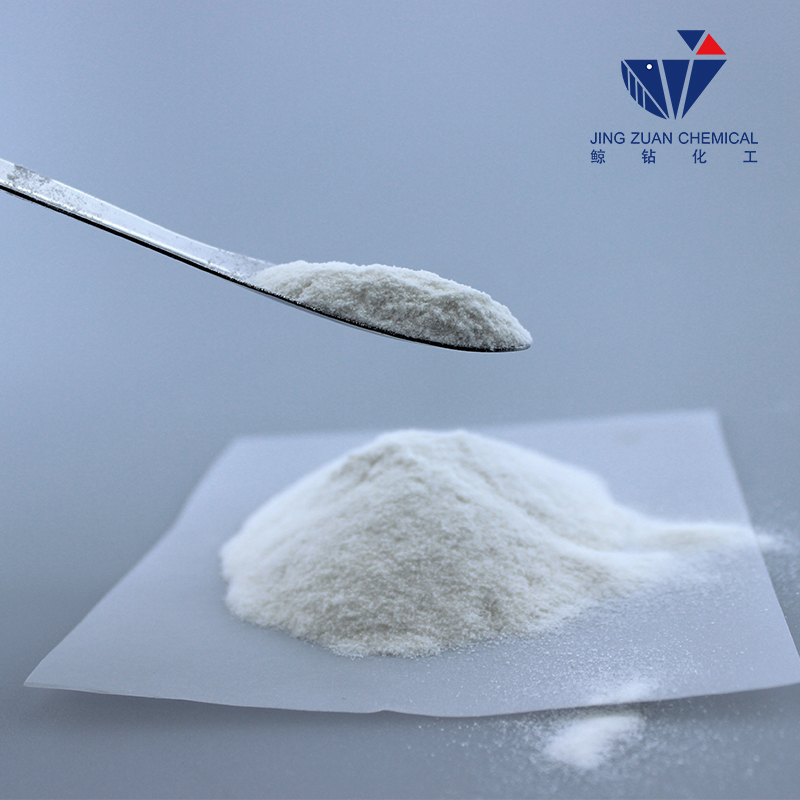
Sep . 08, 2024 01:07 Back to list
High-Performance Gypsum Plaster Solutions - HPMC for Enhanced Strength and Workability
HPMC for Gypsum Plaster Enhancing Performance and Workability
Hydroxypropyl Methylcellulose (HPMC) is a versatile cellulose derivative widely used in construction applications, particularly in gypsum plaster formulations. Its unique properties provide significant advantages in terms of workability, adhesion, and robustness of the final finish, making it an essential additive for modern construction.
HPMC for Gypsum Plaster Enhancing Performance and Workability
One of the primary benefits of using HPMC in gypsum plaster is its ability to improve workability. HPMC acts as a thickening agent, providing a smooth and creamy texture that makes it easier for applicators to spread and shape the plaster. This enhanced workability is particularly beneficial when working on large surfaces or intricate designs, reducing the effort and time required for application.
hpmc for gypsum plaster

Moreover, HPMC contributes to improved adhesion properties. When added to gypsum plaster, it helps the mixture maintain a proper balance of moisture and enhances the bonding strength between the plaster and the substrate. This not only assures better performance upon application but also contributes to the plaster’s durability over time, reducing the risk of cracking or peeling.
Additionally, HPMC aids in extending the open time of gypsum plaster. The open time refers to the period during which the plaster remains workable after application. By prolonging this open time, HPMC allows contractors to work more flexibly, especially in larger projects where timing is critical for achieving a uniform finish.
Another important aspect of HPMC is its water retention properties. By slowing down the evaporation of water from the plaster, HPMC ensures that the gypsum remains hydrated longer during the setting process. This results in a denser and stronger final product, significantly enhancing the overall quality of the plaster.
In conclusion, the incorporation of Hydroxypropyl Methylcellulose into gypsum plaster formulations offers numerous advantages that enhance performance, ease of application, and durability. Its ability to improve workability, adhesion, open time, and water retention makes HPMC a valuable additive, elevating the quality of gypsum plaster in contemporary construction. As the building industry continues to evolve, the use of HPMC is expected to become increasingly prevalent, contributing to better construction practices and outcomes across various applications.
-
Versatile Hpmc Uses in Different Industries
NewsJun.19,2025
-
Redispersible Powder's Role in Enhancing Durability of Construction Products
NewsJun.19,2025
-
Hydroxyethyl Cellulose Applications Driving Green Industrial Processes
NewsJun.19,2025
-
Exploring Different Redispersible Polymer Powder
NewsJun.19,2025
-
Choosing the Right Mortar Bonding Agent
NewsJun.19,2025
-
Applications and Significance of China Hpmc in Modern Industries
NewsJun.19,2025







